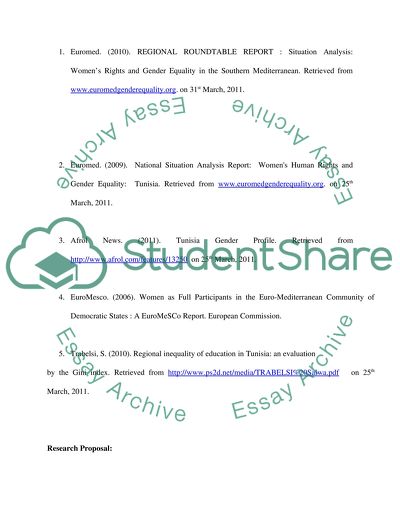Cite this document
(Gender Equality in Rural Tunisia Versus Gender Equality in Urban Research Proposal - 1, n.d.)
Gender Equality in Rural Tunisia Versus Gender Equality in Urban Research Proposal - 1. Retrieved from https://studentshare.org/gender-sexual-studies/1575784-gender-in-the-mediterranean-community-of-tunisia
Gender Equality in Rural Tunisia Versus Gender Equality in Urban Research Proposal - 1. Retrieved from https://studentshare.org/gender-sexual-studies/1575784-gender-in-the-mediterranean-community-of-tunisia
(Gender Equality in Rural Tunisia Versus Gender Equality in Urban Research Proposal - 1)
Gender Equality in Rural Tunisia Versus Gender Equality in Urban Research Proposal - 1. https://studentshare.org/gender-sexual-studies/1575784-gender-in-the-mediterranean-community-of-tunisia.
Gender Equality in Rural Tunisia Versus Gender Equality in Urban Research Proposal - 1. https://studentshare.org/gender-sexual-studies/1575784-gender-in-the-mediterranean-community-of-tunisia.
“Gender Equality in Rural Tunisia Versus Gender Equality in Urban Research Proposal - 1”, n.d. https://studentshare.org/gender-sexual-studies/1575784-gender-in-the-mediterranean-community-of-tunisia.


